Clownfish are among the most loved saltwater fish, known not just for their bold personalities and beautiful colours, but also for their starring role in Finding Nemo. These lively little fish are ideal for beginners and experienced reef keepers alike — and with the right care, they’ll bring charm and character to your aquarium for years.
Why Are Clownfish So Popular?
Clownfish shot to fame with the release of Finding Nemo, and many aquarists still refer to Ocellaris clownfish as “Nemo fish.” But their appeal goes far beyond the movies. They’re hardy, easy to feed, small in size, and full of personality. Plus, their fascinating behaviour and ability to pair with anemones make them a joy to observe.
Basic Care Requirements
Clownfish are one of the easiest saltwater species to keep. Here’s what they need to thrive:
- Tank size: A minimum of 20 gallons for a pair
- Water temperature: 24–27°C (75–80°F)
- Salinity: 1.020–1.026 SG
- pH level: 8.0–8.4
- Diet: Omnivorous – frozen food, high-quality pellets, and occasional live treats
- Temperament: Generally peaceful, though females can be territorial
Feeding Clownfish
Clownfish aren’t picky eaters, but variety is key to their health and colour. A balanced diet includes:
- Frozen brine shrimp or mysis shrimp
- Marine-specific pellets or flakes
- Chopped seafood like squid or prawn for enrichment
Feed them once or twice daily, and avoid overfeeding to maintain good water quality.
Clownfish and Anemones
One of the most iconic clownfish behaviours is their symbiosis with anemones. While it’s magical to watch, hosting isn’t guaranteed in captivity — and clownfish don’t need anemones to survive.
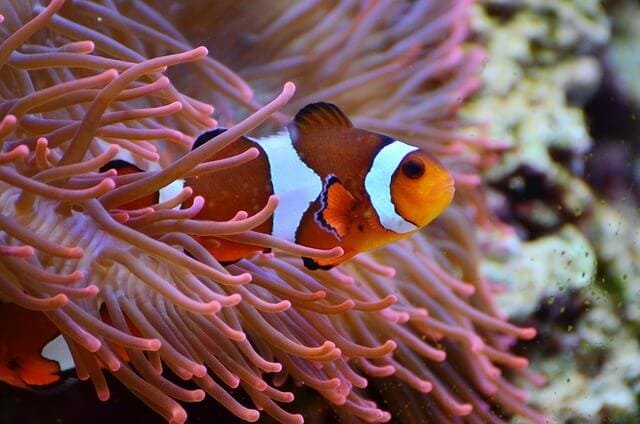
If you do want to try, make sure your tank is mature and stable before introducing a host anemone. Good beginner species include:
- Bubble Tip Anemones (Entacmaea quadricolor)
- Long Tentacle Anemones (Macrodactyla doreensis)
Can You Keep More Than One Clownfish?
It’s best to keep a single pair of clownfish in most aquariums. Adding more can cause aggression unless you’re setting up a harem tank, which typically needs to be at least 75 gallons and carefully structured. Without this, clownfish may fight — especially as they mature.
Breeding Tips
Clownfish are one of the few marine fish that breed easily in home aquariums. Once a pair bonds, they’ll often choose a flat surface to lay eggs. If you’re hoping to breed them:
- Keep tank parameters stable
- Remove eggs to a rearing tank if you want to raise fry
- Feed the babies rotifers, then baby brine shrimp as they grow
It takes effort, but breeding clownfish can be incredibly rewarding.
Compatible Tank Mates
Clownfish are generally peaceful but can be territorial, especially if hosting an anemone. Good tank mates include:
- Gobies
- Firefish
- Blennies
- Royal Grammas
- Cardinalfish
Related Article: The Wonders of Saltwater Fish: A Guide to Species Selection
Avoid overly aggressive species or other clownfish unless you have a large, well-structured tank.
Top 10 Most Popular Clownfish Varieties
There are many incredible designer and wild-type clownfish to choose from. Here are 10 favourites:
- Ocellaris Clownfish – The classic “Nemo,” peaceful and hardy
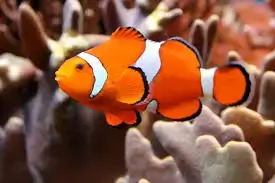
2. True Percula Clownfish – Slightly brighter, often confused with Ocellaris
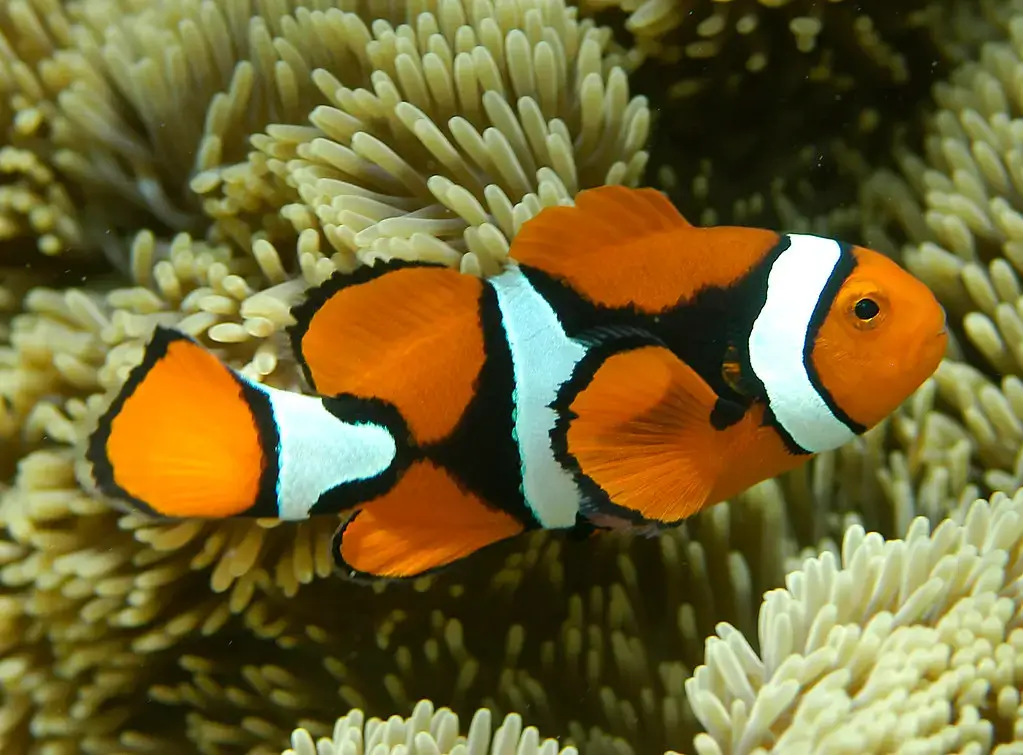
3. Snowflake Clownfish – Striking patterns with high contrast

4. Frostbite Clownfish – Bold white and black markings
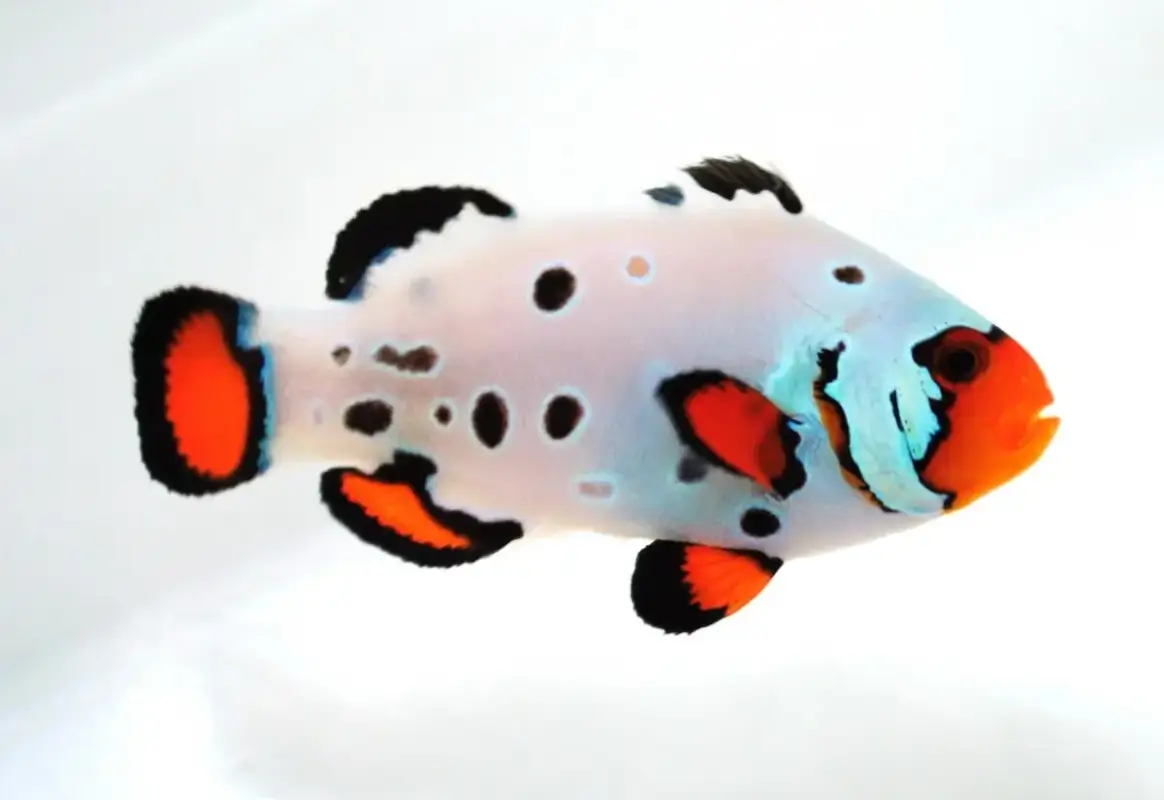
5. Lightning Maroon Clownfish – Electric patterns but more aggressive
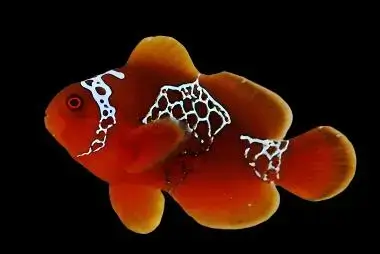
6. Bullet Hole Clownfish – Rare and dramatic markings
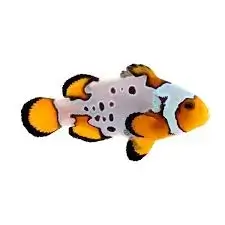
7. Picasso Clownfish – Designer stripes, abstract patterns
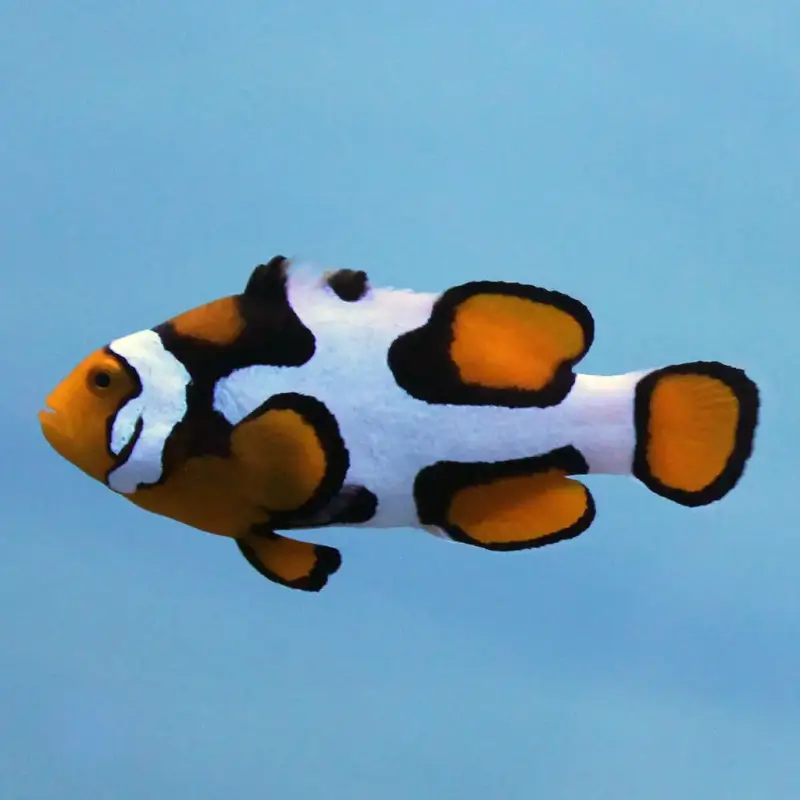
8. Naked Clownfish – Minimal stripes or none at all
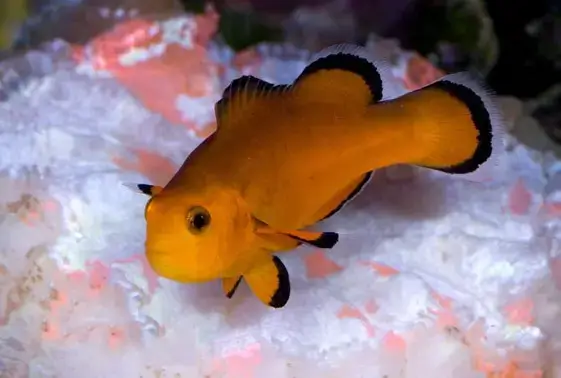
9. Black Storm Clownfish – Unique black-and-white morph
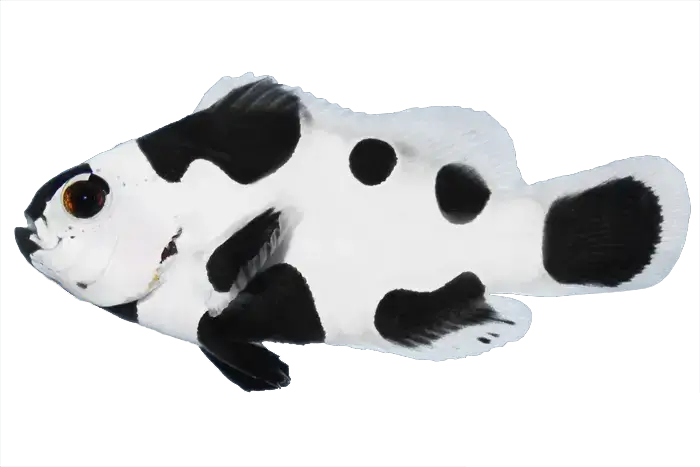
10. Longfin Clownfish – Flowing fins with elegant movement
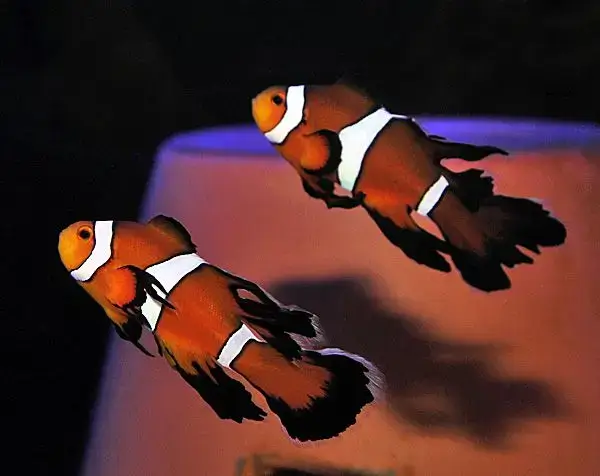
🐠 Clownfish Behaviour: What to Expect
Clownfish are known for their curious, confident nature. They are generally peaceful, though they can become territorial, especially during breeding. Watching their interaction with anemones and each other is one of the joys of clownfish ownership.
🌱 Captive-Bred vs. Wild-Caught Clownfish
Captive-bred clownfish are more adaptable to aquarium life, less aggressive, and carry fewer diseases. They’re also easier to feed and tend to be more colorful due to selective breeding. Always opt for captive-bred where possible to support sustainable reef keeping.
Related Article: Wild-Caught Fish vs. Tank-Bred Marine Species: Impacts on Reef Aquariums and Biodiversity
💊 Common Health Issues and Prevention
Clownfish can be prone to marine ich, brooklynella (clownfish disease), and other parasitic infections. Quarantine new fish, maintain excellent water quality, and offer a varied diet to reduce risk.
Related Article: Setting Up a Quarantine Tank: Why and How…
🧼 Tank Maintenance Tips
Regular maintenance is essential for clownfish health. This includes weekly water changes (10–15%), checking ammonia, nitrite, and nitrate levels, and cleaning any algae buildup. A clean environment helps reduce stress and disease susceptibility.
Related Article: Saltwater Aquarium Maintenance Checklist: A Comprehensive Guide
Final Thoughts
Clownfish are more than just a beginner’s fish — they’re reef royalty. Their personalities, adaptability, and beautiful variety make them one of the most rewarding marine species to keep. Whether you’re just starting out or expanding your collection, a clownfish (or a pair!) is a vibrant, entertaining addition to your reef.








